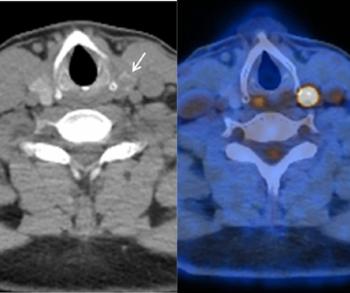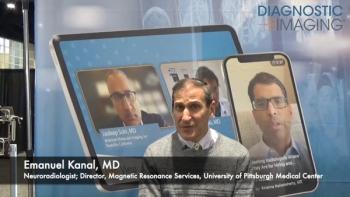
GE brings new vision to light
It’s not a reorganization, according to executives at GE Medical Systems. It’s more like a new strategy or vision for guiding the company’s $8 billion healthcare business. The core of this strategy is to create three dedicated
It’s not a reorganization, according to executives at GE Medical Systems. It’s more like a new strategy or vision for guiding the company’s $8 billion healthcare business. The core of this strategy is to create three dedicated organizations focused on services, technology, and information technology.
The services organization addresses the clinical, operational, and financial needs of healthcare: namely asset, business, clinical, IT, and financial services. The technology organization covers the more traditional aspects of medical imaging, such as CT, MRI, and ultrasound. The third piece of the pie, information technologies, was first described in September 2000 and manages clinical information and images. The new vision includes no reshuffling of staff, just a change in the way GE does business.
Newsletter
Stay at the forefront of radiology with the Diagnostic Imaging newsletter, delivering the latest news, clinical insights, and imaging advancements for today’s radiologists.



























